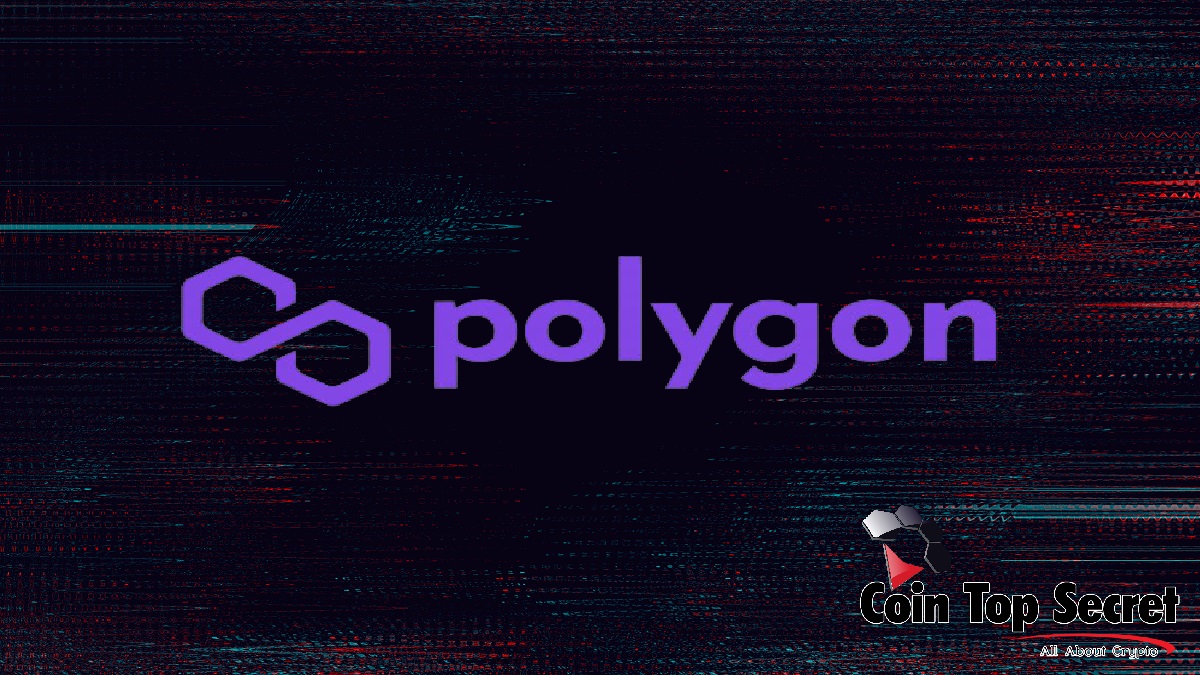What is the reason for the increased interest of users in the project and what does the development of the DeFi sector of decentralized finance have to do with it?
Despite all its technological advantages and prospects, the Ethereum network is experiencing a number of problems.
Users and professional participants in the cryptocurrency market cannot always use the blockchain of the largest altcoin by capitalization due to high fees.
In anticipation of updates, market participants are looking for alternatives to fast, reliable and cheap transactions. The Ethereum-compatible second-level Polygon network has become one of them.
History and goals of the project
Polygon (formerly Matic) was one of the first IEOs on Binance Launchpad, which took place in April 2019.
The token sale was held in the form of a lottery, in which 16.7 thousand participants were able to take part and receive tokens.
The Polygon mainnet was launched in May 2020. The project is led by three founders, all of whom were born in India and already have experience in developing blockchain platforms: CEO Janti Kanani, COO Sandip Nalwal and product manager Anurag Ayrun.
In December 2020, Ethereum specialist Mikhailo Belich joined them, after which the rebranding took place with the change of the name Matic to Polygon.
The main goal of the project is to work on increasing the scalability of the Ethereum network.
The Polygon network is an Ethereum-compatible second-level sidechain powered by the PoS (Proof-ot-Stake) algorithm. This network is faster and with lower fees than the main Ethereum network.
At the same time, the task of Polygon is not only to increase the scalability of the network, but also to maintain a high degree of decentralization.
The current network is an adapted version of the Plasma PoS network, in addition, the development team is ready to use their network as a scalability solution for any blockchain.
In addition to its existing chain, Polygon will support other Ethereum solutions, including StarkWare and Optimism once implemented.
At the same time, the project strives to attract developers to the project: to develop decentralized applications on the Ethereum blockchain and increase their scalability and UX / UI.
The founders of Polygon believe that although the market for decentralized applications is developing and there are more and more of them, the existing blockchain structure is too slow and cumbersome to scale, and the UX for their implementation is not fast enough.
Polygon successes
Polygon is considered by many as a real alternative to using Ethereum: low fees, fast transaction speed have proven themselves well in the community. Polygon scales to millions of transactions per second. In two years, the value of the Polygon token has grown more than 500 times.
At the same time, the bulk of the growth took place this year. If on January 1, 2021, MATIC was worth less than $ 0.02, and at the peak on May 18, it was trading at $ 2.45.
The main reason for Polygon success is precisely because it is an Ethereum-compatible chain. Thus, Polygon has attracted a large number of projects on Ethereum to the integration of its blockchain.
We can mention such projects as Aavegotchi, working at the intersection of finance and NFT, Neon District gaming application, Decentraland virtual world, Polymarket prediction market and SportX gambling application.
Other notable applications powered by Polygon are Somnium Space, Artvatars, Cryptovoxels, and F1 Delta Time.
Polygon is not the only solution working to increase the scalability of the Ethereum blockchain by creating interoperable second-tier sidechains.
Ethereum sidechains are expected to be released in 2021: Arbitrum from Offchain Labs and Ethereum Optimism. Arbitrum plans to use DeFi protocols like Bancor and Balancer, while Optimism has Uniswap and Synthetix support.
There is also an Ethereum-compatible sidechain from StarkNet, programmed in the Turing-compatible Cairo language.
An important advantage of Polygon was the ability to integrate with existing DeFi projects on Ethereum.
In 2 months of work on Polygon, the decentralized landing protocol Aave has raised over $ 3.5 trillion in DeFi liquidity on Polygon, according to aggregator DeFiLama.
Aave is followed by other DeFi on Ethereum: Curve and Sushiswap, the total amount of blocked funds in which is $ 850 million and $ 950 million on the Polygon blockchain.
The most popular original project on Polygon is the Quickswap decentralized exchange, on which $ 1.06 billion of funds are blocked.
Thanks to the integration of Aave, Sushiswap, Curve with the Polygon chain, the total amount of funds blocked there increased by more than 450% in the month from April 21 to May 21, according to analysts from Messari.
Messari analysts note that fast asset transfers with low fees between Aave, Curve, QuickSwap and other protocols have become possible on the Polygon network.
The fee reduction has opened the door to DeFi for users who have not previously dealt with arbitrage and scalping between protocols.
To a certain extent, the success of DeFi on Polygon can be compared to DeFi on Binance Smart Chain.
Due to the frequent hacks and other problems of BSC projects, Polygon is arguably the most popular solution for users and organizations interested in an Ethereum clone with faster speed and lower fees.



